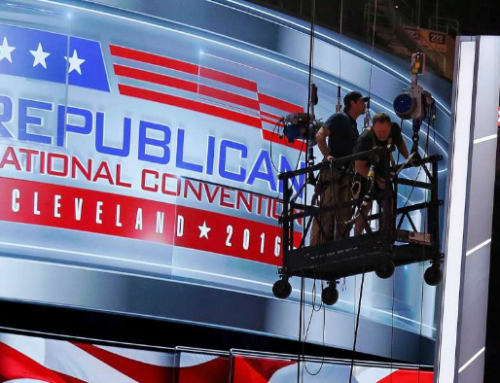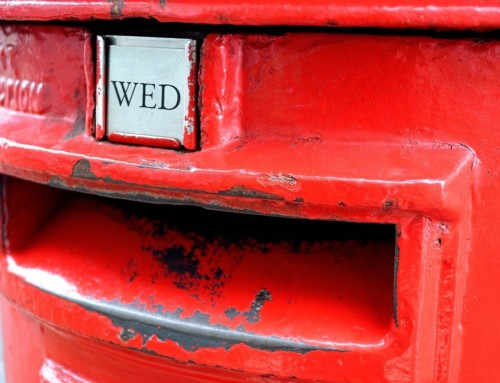In this guest blog post, Jill Griffin, the loyalty maker answers frequently asked questions about customer win-back. Plus, 7 ways to keep them loyal.
What is customer win-back?
Win-back is a process for recoverying lost customers.
Most firms consider the lost customer a lost cause but research shows that lost customers represent a rich source of revenue for any firm.
What is the difference between a win back and a save?
You win back a customer who has stopped buying your product or service completely. You save a customer from defection who is still buying from you but is showing signs of possible defection. We devote a complete chapter to save strategies in our book, Customer WinBack.
When a customer is lost, what are the criteria for determining whether that customer should be regained, and if she should be regained, how do I determine her priority in relation to other lost customers?
Two key concepts – second lifetime value (SLTV) and reason for defection are important to answering your question. First , a word about SLTV. The term originated with Dr. Bernd Stauss, a professor at Catholic University in Germany and Christian Friege, marketing director at Doubleday Direct, and means the value of the relationship once the customer is regained. Generally speaking, you’ll want to give customers with higher SLTV more win back priority in regard to investment than those with lower SLTV. However, SLTV is not the only criteria for setting win-back priorities. You will also want to pay attention to reason for defection. There are a number of reasons why customers leave and you want to target lost customer who are less likely to leave you again. We look at 5 different reasons for defection in our book, Customer WinBack and explore best strategies for each.
After you have determined that the lost customer is worth winning back, what’s next?
1. Ask the customer this question: “What can we do to win back your business?”
2. Listen closely to what customers tell you.
3. Meet the customer’s requirements and when you’ve corrected the problems that led to the defection, communicate the changes you have made. Ask again for the customer’s business.
4. Be patient with the customer. Be open. Remember, some wounds heal slowly.
5. Stay in touch with the lost customer.
6. Make it easy for customers to come back to you. Avoid the “I told you so” stance.
7. When the customer does return, earn his or her business every day.
What are the financial rewards related to win back? Is it worth the effort?
A study by Marketing Metrics has found firms have a much better chance of winning business from lost customers than from new prospects. The research found the average firm has a 60 to 70 percent probability of successfully selling again to ‘active’ customers, a 20 to 40 percent probability of successfully selling to lost customers, and only a 5 to 20 percent probability of making a successful sale to prospects. Bottomline, win back can bring big rewards.
Are there benefits to win back beyond the bottom line?
Win back programs can help you…
1. Uncover improvement opportunities. Dialogue with customers who are on the brink of defection or who have already defected can help you pinpoint opportunities to improve product and service delivery, correct miscommunications and identify new product opportunities.
2. Develop an at-risk profile. By analyzing lost customers, you can develop a profit for detecting at-risk customers.
3. Limit negative word of mouth. A lost customer recovery program can help you limit negative word of mouth from unhappy customers who defect and encourage positive word of mouth from the customers who are regained. Conversely, if their concerns are left unaddressed, defecting customers can be a deadly source of informal negative publicity.
Why is now a good time to focus on winning back lost customers?
1. Never before have technological tools for winning back lost customers been more available or affordable. From e-mails to off-line direct mail services ordered online, a host of new tools are emerging to help you reconnect with lost customers.
2. In any market space, there is a limited number of best customers so you need to keep yours close. In All Customers Are Not Created Equal, Garth Hallberg points out that “for most categories (of business), one third of the buyers account for at least two-thirds of the volume. The ‘high-profit segment’ generally delivers six to ten times as much profit as the low-profit segment. Moreover, they are critical, not only because of their profit contribution, but also because of their relatively small number.”
3. Win-back programs can give you a real competitive edge. A combination of strong acquisition, retention and win-back programs can help you bullet proof your firm against competitive attacks. Conversely, if your competitor gets strong win-back programs in place before you do, your chances for recapturing and keeping the best customers are reduced considerably. In many things in life, there is true advantage to being first. Win-back programs are no exception.
Want more on loyalty? Check out Jilll’s books, Customer Winback, Customer Loyalty, Taming the Search-and-Switch Customer: Earning Customer Loyalty in a Compulsion-to-Compare World






